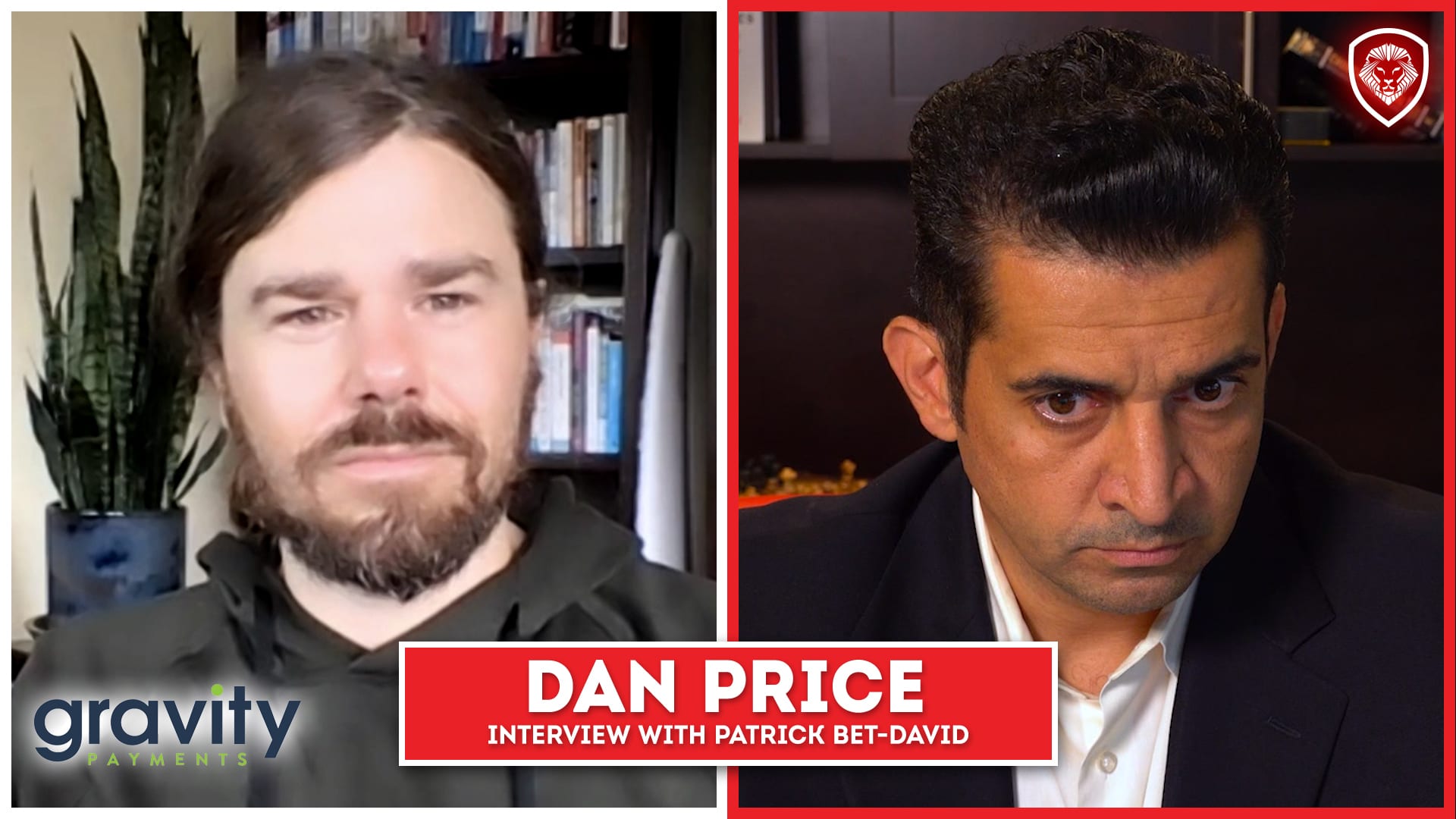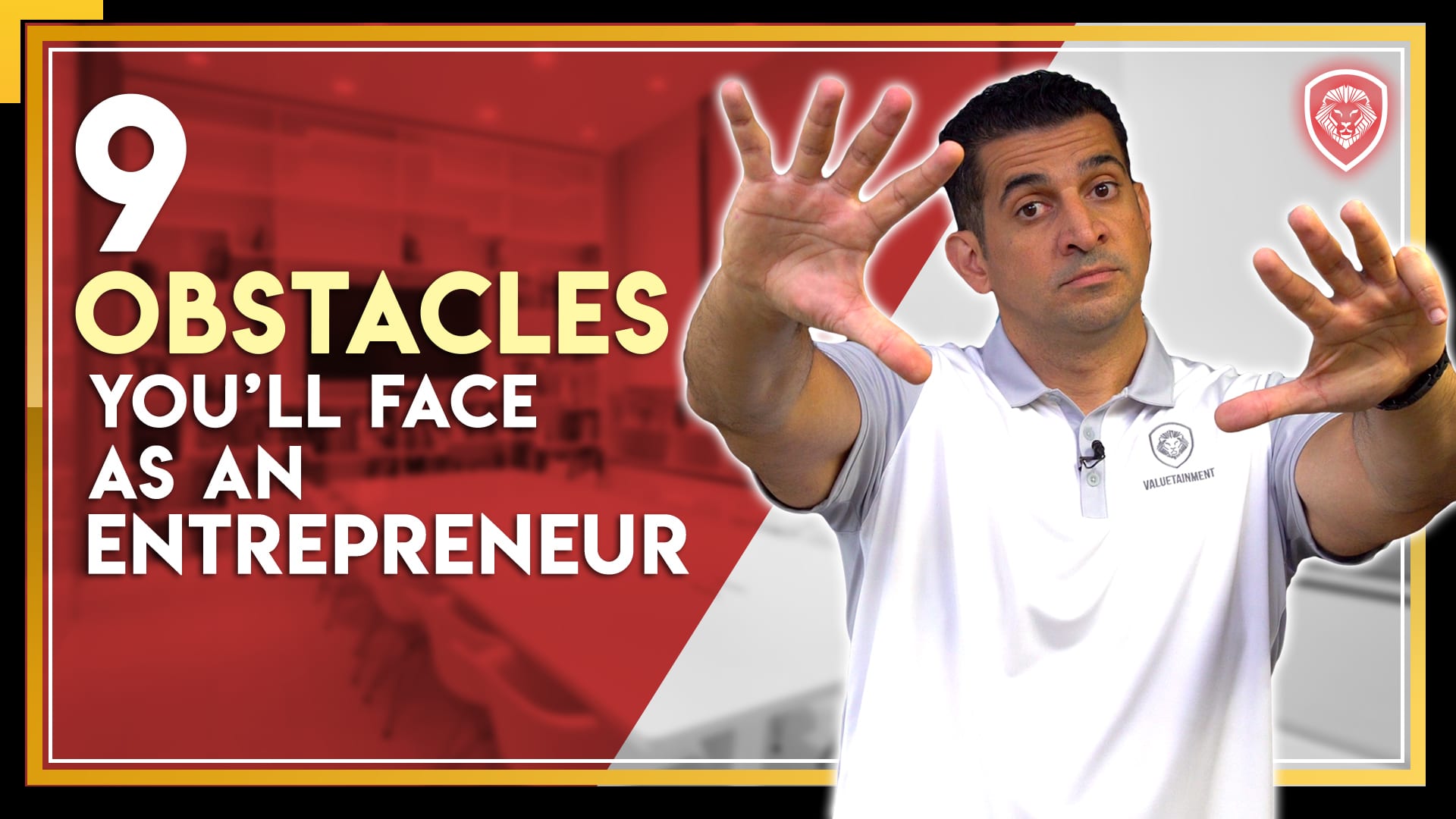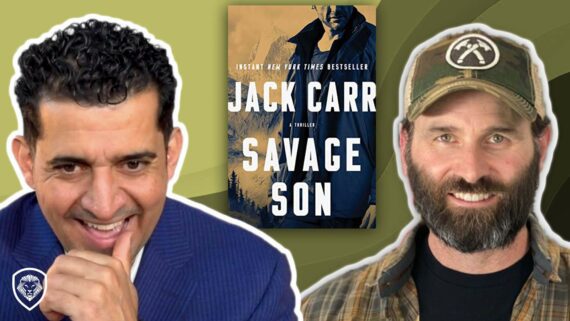This past week, I had the opportunity to speak to students from Mark Keppel Magnet School and Toll Middle School on the topic of “Doing the Impossible,” and I walked away so impressed with both programs. Loreta Noubarentz introduced me to the audience of students, parents, and teachers, and Principal Mary Mason of the magnet school finished by talking about the importance of imagination. I was deeply inspired by Principal Mason’s encouragement to kids to constantly use their gift of imagination to create things that we have not yet seen.
At the end, several of the students and parents told me about Principal Bill Card of Toll Middle School and how he runs the school. They shared a variety of stories about him, from his firmness with the students to his sense of humor that has helped him connect with the students to create a movement called 850. One of his students told me how Principal Card came to her class one day and pointed at her to follow him to his office. (I can only speak for myself, but anytime I was invited to the principal’s office it wasn’t for doing something right!) He than asked this student to make a big smile while holding a sign with the number 850 on it. A few days later the students saw that the entire entrance and the walls of the school were filled with pictures of students holding the 850 sign and smiling. Eventually the students figured out what 850 stood for: It was the average score Principal Card wanted the entire school to have on their California School Test, also known as the CST. I was so impressed that a principal so creatively brought the students together in the cause of increasing the average score. Too many times the media is only focused on teachers who don’t do a good job; and while I’m sure there are plenty who don’t, instead I would like to applaud those teachers who do an outstanding job raising the future of America.
This blog isn’t just about that, though. I want to know if self-education is actually moving people along faster in their lives and careers than a four-year degree. Just recently I was hosting our Vistage group meeting at our headquarters, where some of my friends who are CEOs and presidents of their own companies come to have our monthly meeting. In that meeting the conversation turned to what it took to be a software engineer in today’s world. It was interesting to hear that a student, after two years of working on his four-year degree to be a software engineer, needs to start all over again because everything he learned in the first two years has already changed. The reason for that is that things are changing so quickly today. You’ve heard the commercials that joke about new computers coming out more and more quickly; well, they are no longer just joking. I just bought my iPad 2, and the iPad 3 just came out last week. I just bought my iPhone 4s, and now the iPhone 5 is coming out. Software and tools are changing so quickly, as are methods of communication. In light of all this, it may be time to question our method of providing a degree for students nowadays. Do they really need to go to school for four years, or can the same things be accomplished in two years or even one intense year? More and more students are starting to drop out before the four-year marker because they are in a hurry to get their careers started, not necessarily because they’re bums and drop outs.
Another issue with the four-year degree is that it’s putting many parents in a tough situation financially to have to cough up anywhere from $15,000 to $80,000 per year for school. Many of them are taking out money from their own retirement account to pay for a four-year degree. Our current system is creating an environment of dependency to kids. I understand there’s a certain level of prestige in earning a degree with from a good school, but we’re not living in the same time as we did thirty years ago or even ten years ago.
I hope this blog gets read by the right people in the educational system who have the courage to start considering innovating the current system. I’m a firm believer that the kids are much smarter than we think they are. I predict that very soon we will have a thirty-six-year-old President of United States. After all, multi-billion dollar companies are being run by twenty-five year olds, and it has become very common for baby boomers to take advice from twenty year olds in technology. Age is slowly but surely becoming a non-factor. But I think our educational system can speed up the process of transferring the most updated knowledge to students at a level that matches today’s speed. Any of us with today’s tools on the internet can learn how to use Adobe Illustrator CS5.5 and call ourselves a graphic designer. We simply didn’t have access to that kind of information when the four-year degree was created. In response to these changes, our educational system needs to undergo major innovation; if it doesn’t, we will see a surge of private universities that provide four-year degrees in a twelve month period. We’re sitting on a goldmine with these young kids who are just waiting to create things that you and I thought we would only see in movies. We think of the internet as one of the greatest inventions, yet it is nothing close to what these kids can create with today’s conditions.
My challenge to you is to start having these conversations with the principals at your schools and with your children. I do believe there are people who are willing to listen and do something about it. Let’s make the future bright







